
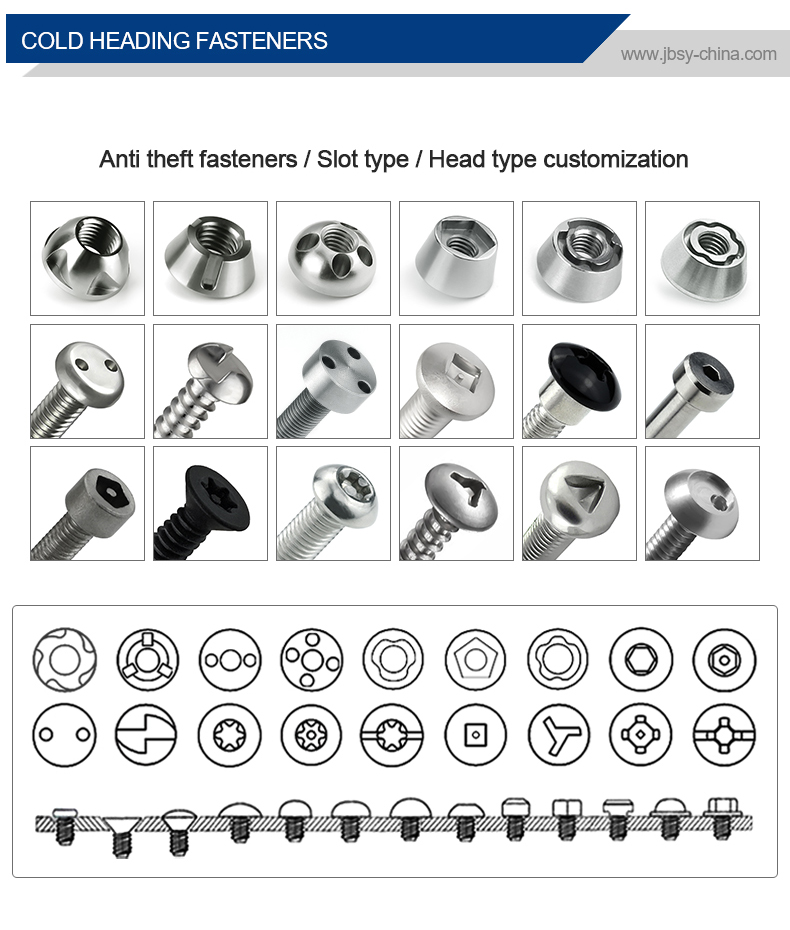
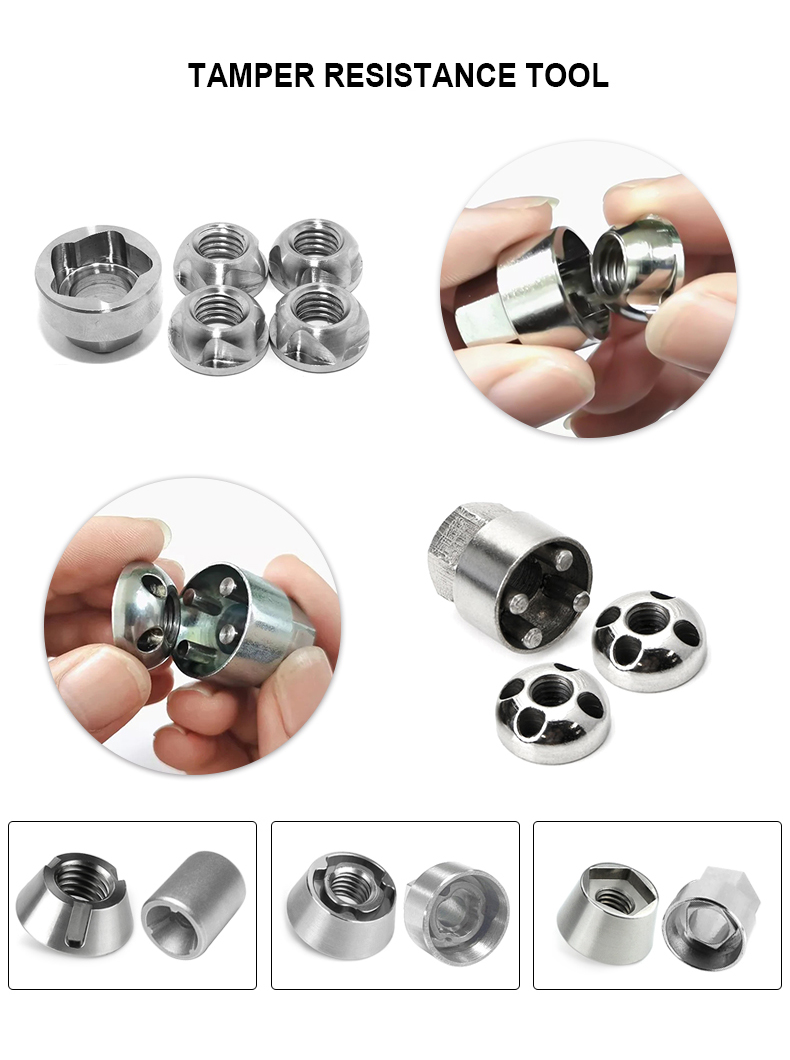
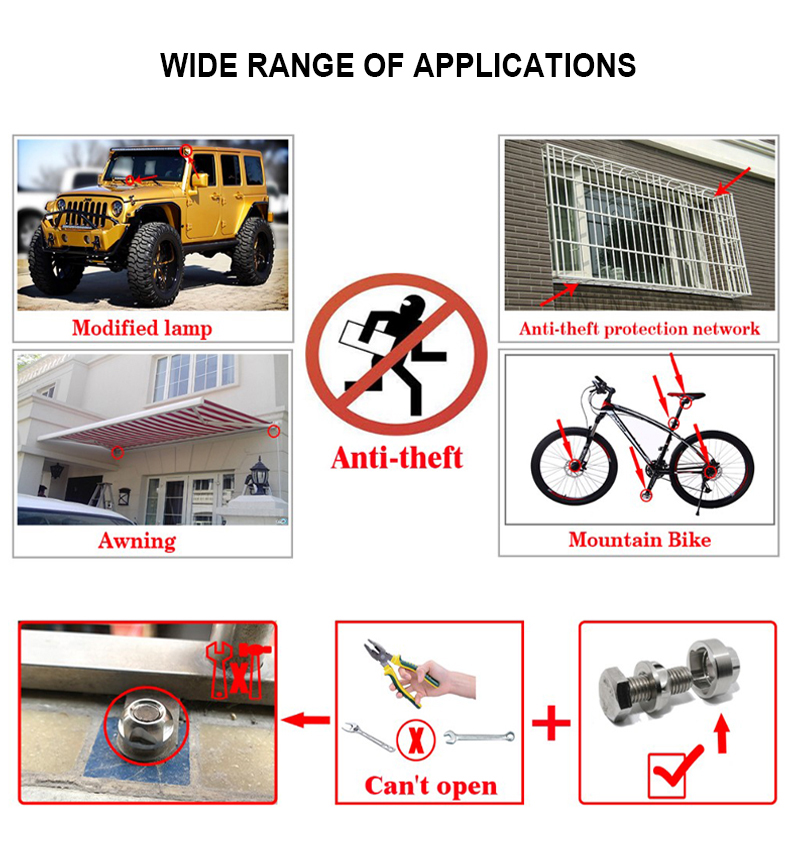
La fijación y apertura de pernos y tuercas adopta un diseño no estándar, y la coincidencia
Para resolver los problemas de apertura y fijación se utilizan herramientas no estándar. En general, se utilizan otras
no se pueden insertar llaves. En el diseño de apariencia de tuercas y tornillos, ranurado no estándar,
apertura o herramientas de ranura pentagonal, heptagonal, de nueve esquinas o a medida correspondiente
han desempeñado un muy buen efecto antirrobo
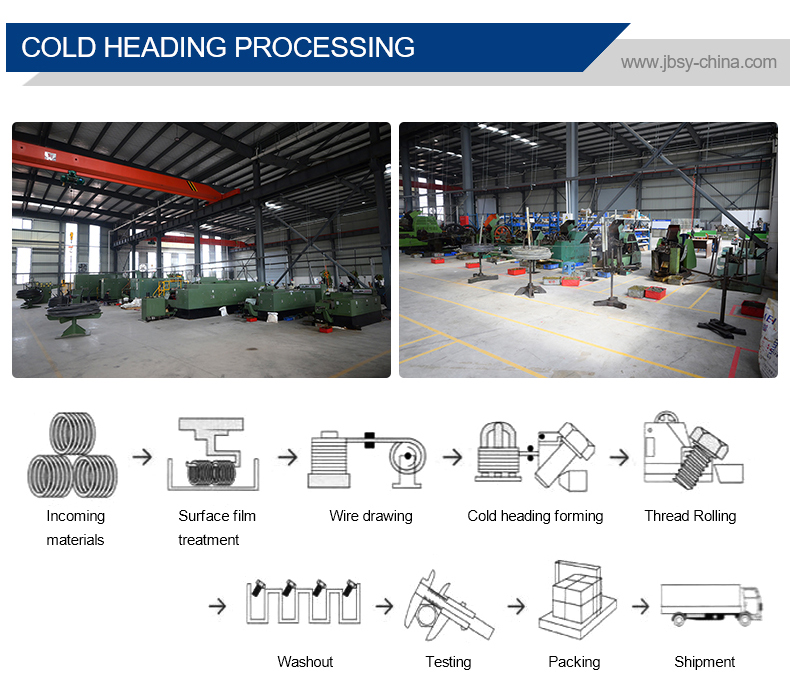
El proceso de estampado en frío es uno de los nuevos procesos de mecanizado a presión de menor o ningún corte
metal. Es un método de transformación que utiliza la deformación plástica del metal bajo la acción de
fuerzas externas y, con ayuda de moldes, redistribuye y transfiere el volumen de metal para formar
las piezas o formatos necesarios. El proceso de estampación en frío es el más adecuado para producir piezas estándar.
elementos de fijación como pernos, tornillos, tuercas, remaches, pasadores, etc.
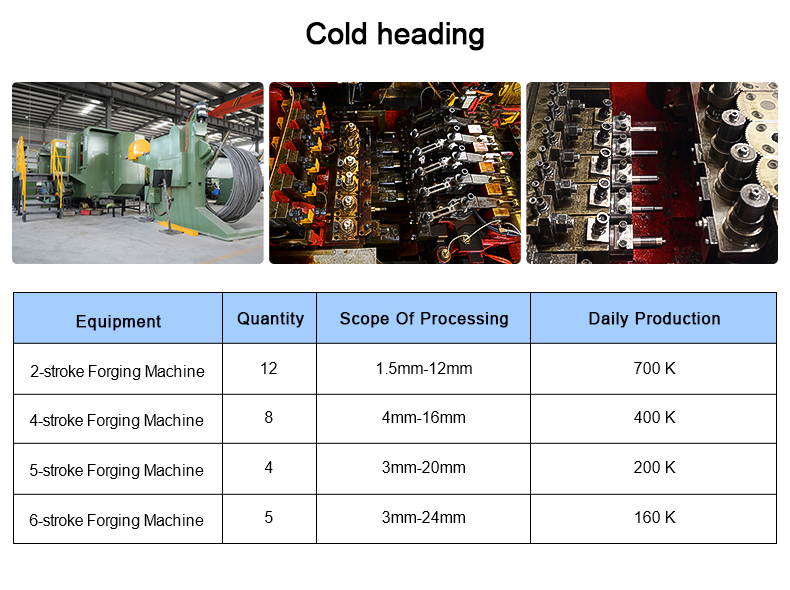
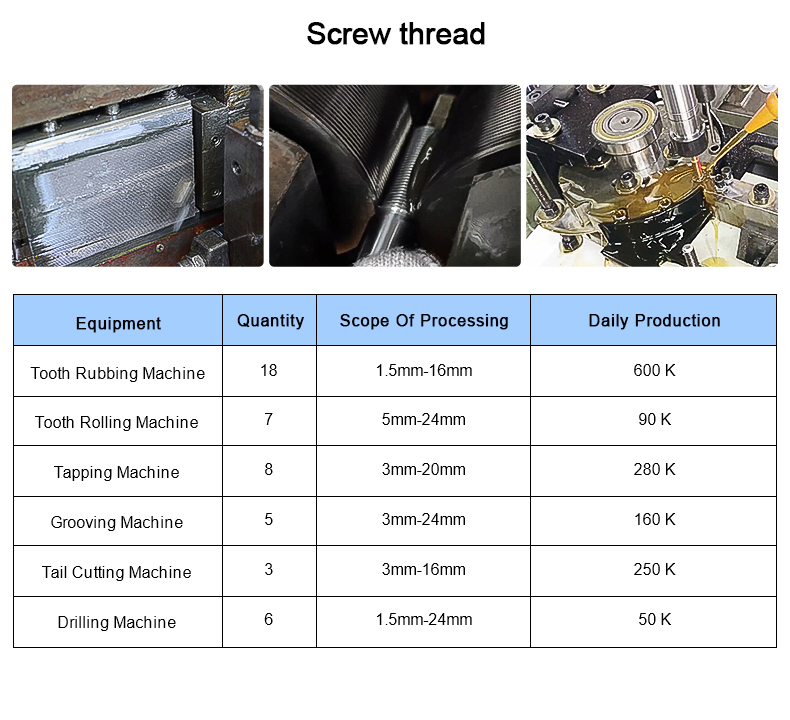
Un aluminio nueces El óxido amarillo es un elemento de fijación que ha sido tratado con un acabado superficial de color amarillo, normalmente mediante anodizado o revestimiento de conversión químicapara mejorar tanto su aspecto como sus prestaciones. A continuación encontrará un desglose detallado:
1. Material
-
Hecho de aluminio (calidades habituales: 6061, 2024 o 7075 por sus propiedades de resistencia y ligereza).
2. Proceso de oxidación amarilla
Amarillo anodizado
-
Anodizado tipo II (anodizado con ácido sulfúrico) - Crea una capa porosa de óxido, que luego se tiñe amarillo antes de sellar.
-
Anodizado duro (Tipo III) - Produce una capa más gruesa y resistente al desgaste, a veces con un tono amarillo dorado.
-
Coloración electrolítica - Utiliza sales metálicas (por ejemplo, oxalato férrico de amonio) para producir un tono bronce amarillento.
Revestimiento de conversión química (alodina/iridita)
-
Una alternativa más barata al anodizado, que produce un oro-amarillo capa de cromato (común en especificaciones militares/aeroespaciales como MIL-DTL-5541).
-
Proporciona una resistencia moderada a la corrosión y mejora la adherencia de la pintura.
3. Características y ventajas
-
Resistencia a la corrosión - Protege contra la oxidación y los entornos agresivos.
-
Estética e identificación - Amarillo brillante para codificación por colores o usos decorativos.
-
Conductividad eléctrica - Los revestimientos de cromato conservan la conductividad; el anodizado, no.
-
Ligero - Ideal para aplicaciones en las que el peso importa (por ejemplo, aeroespacial, drones).
4. Aplicaciones comunes
-
Aeroespacial y defensa - Tuercas cromadas en amarillo para mayor resistencia a la corrosión (por ejemplo, paneles de aeronaves).
-
Electrónica - Fijaciones codificadas por colores en placas de circuito impreso o maquinaria.
-
Automoción y bicicletas - Componentes personalizados/de alta visibilidad.
-
Ferretería naval - Revestimientos amarillos resistentes al agua salada.
5. Variaciones en el acabado amarillo
-
Amarillo brillante - Anodizado teñido para colores vibrantes.
-
Oro-amarillo - Recubrimiento de conversión de cromato (común en las especificaciones MIL).
-
Mate o brillante - El acabado de la superficie depende del tratamiento previo (por ejemplo, grabado, pulido).
6. Limitaciones
-
Amarillo anodizado - Menos estable a los rayos UV; puede decolorarse con el tiempo si no se sella correctamente.
-
Amarillo cromado - Contiene cromo hexavalente (restringido en algunas regiones; existen alternativas como el cromato trivalente).
-
No apto para uso intensivo - Las tuercas de aluminio son más débiles que las de acero en situaciones de cargas pesadas.
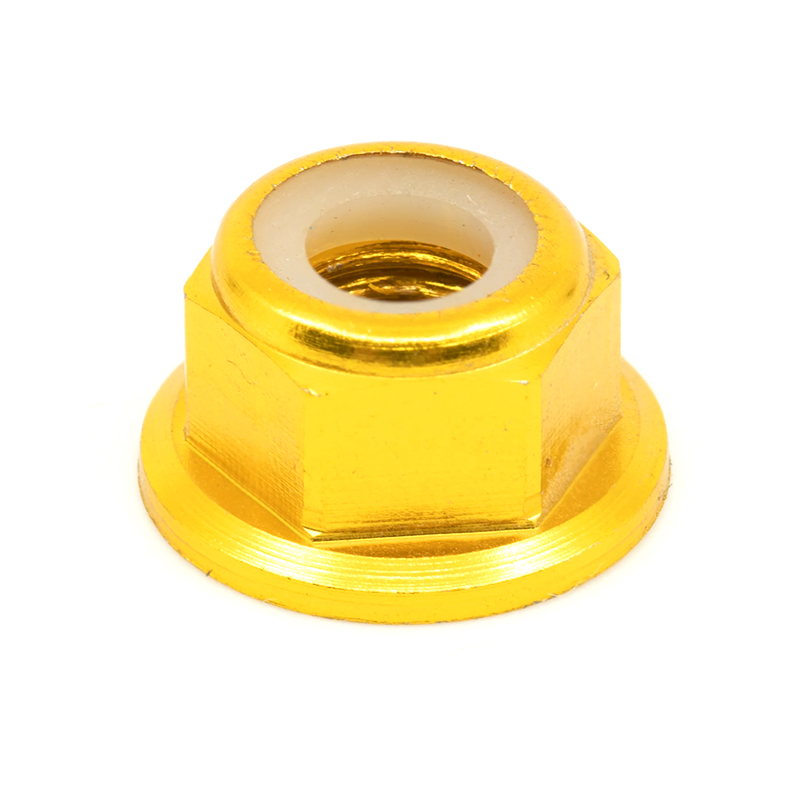
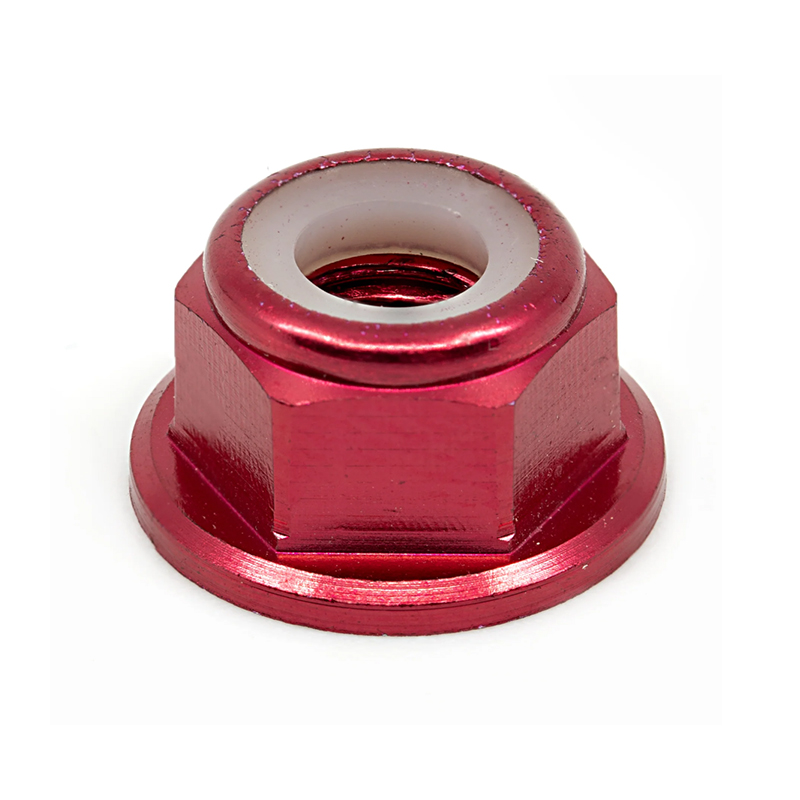
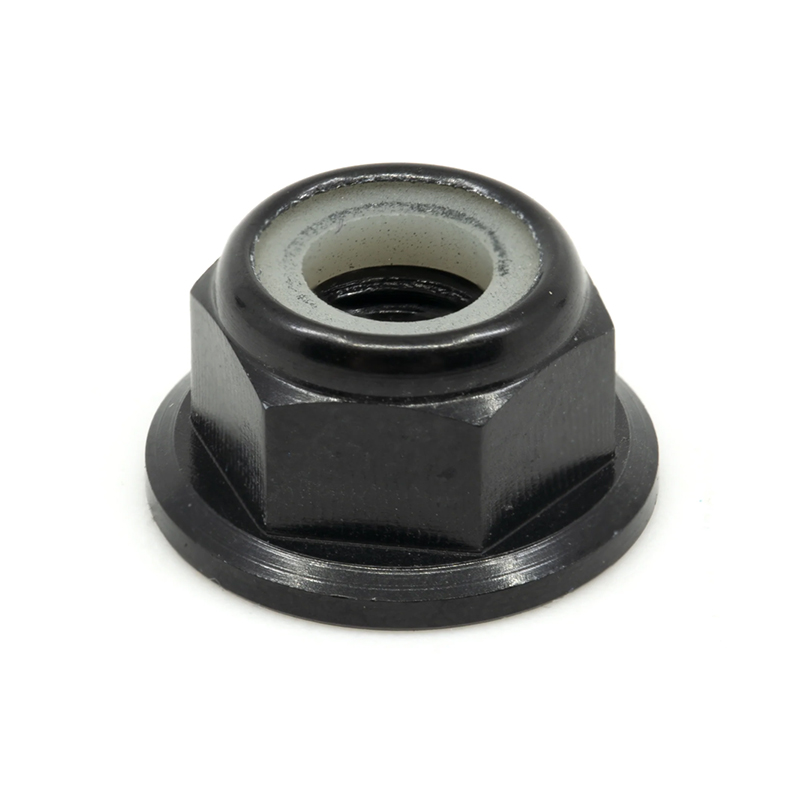
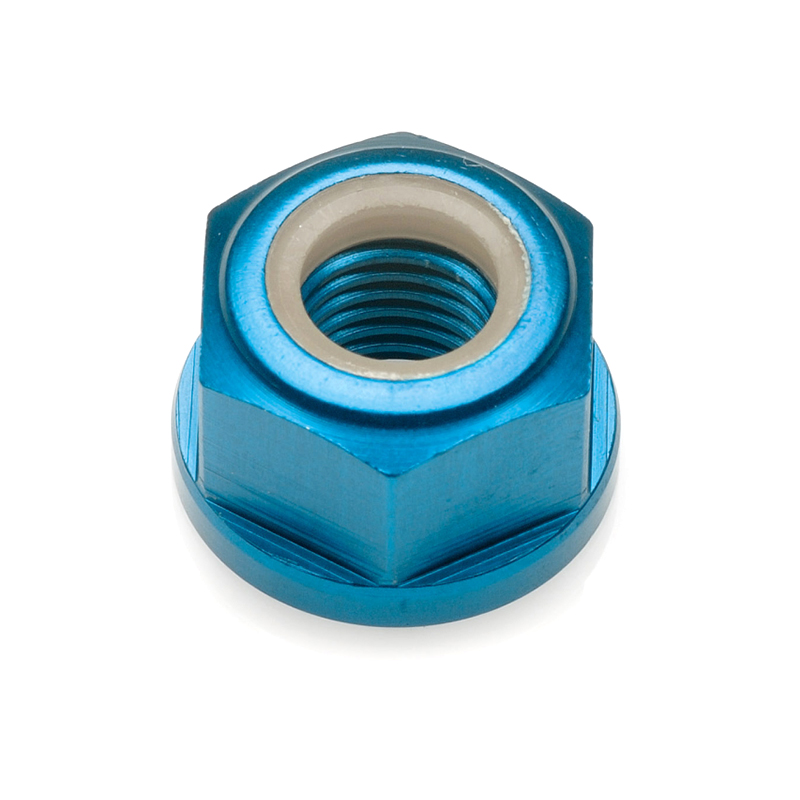
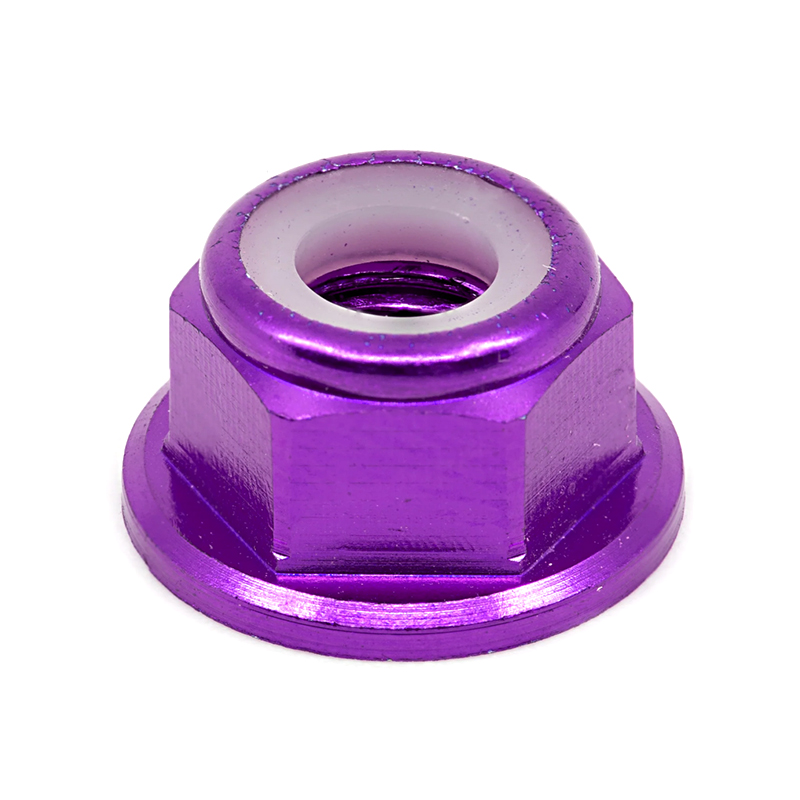
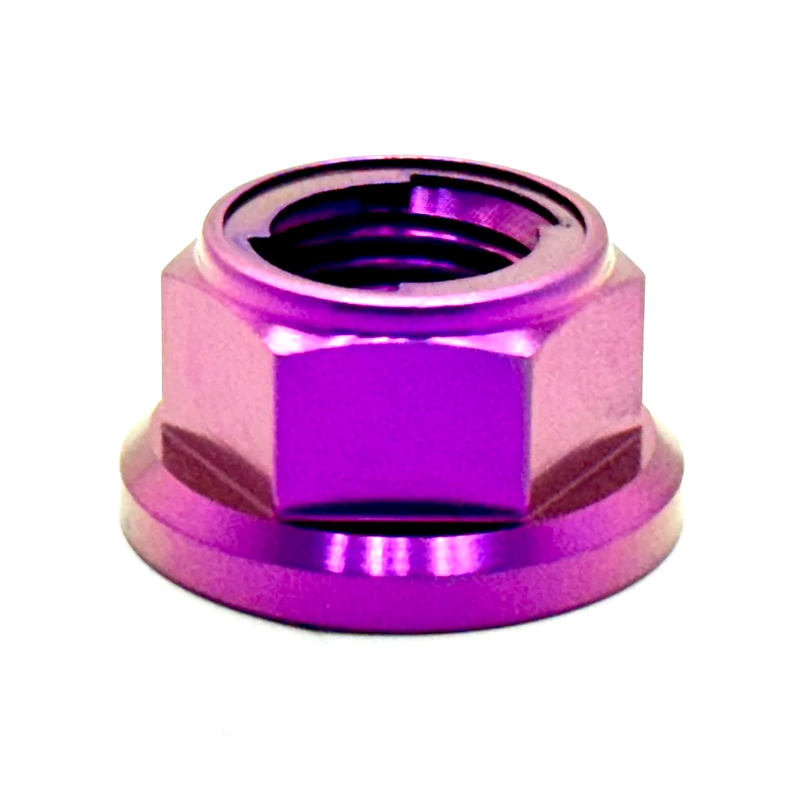
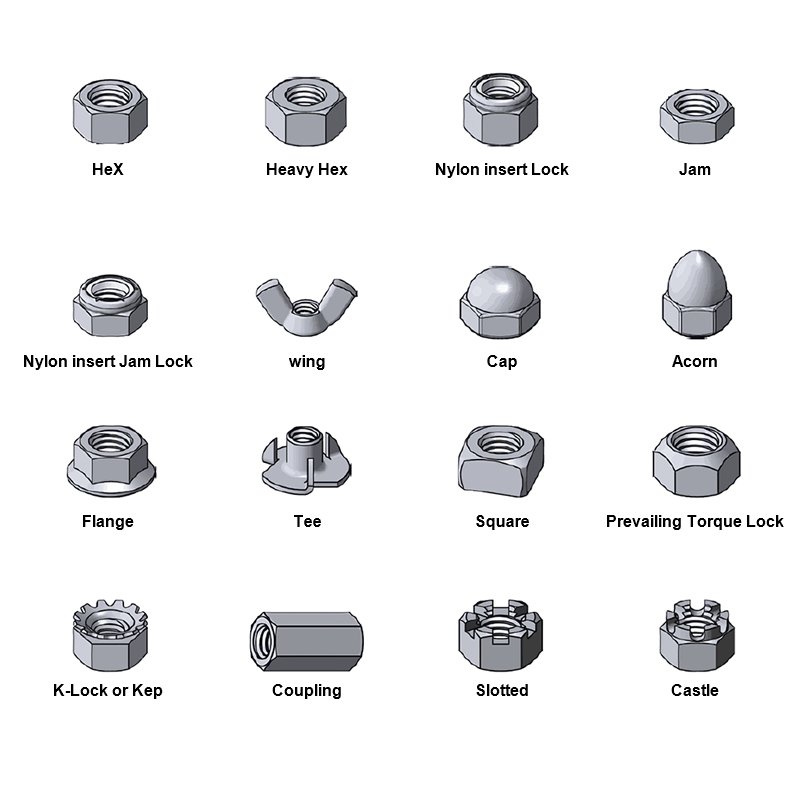
Valoraciones
No hay valoraciones aún.